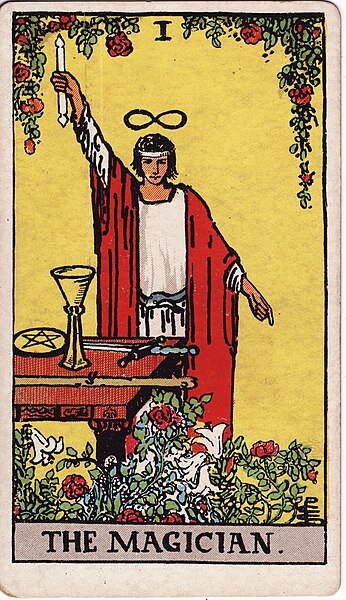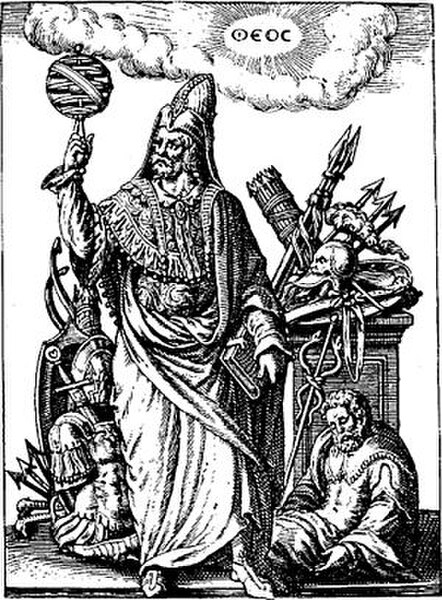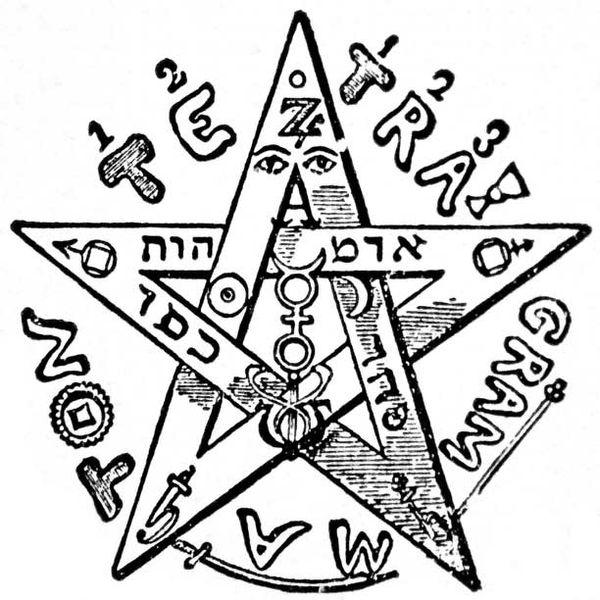Anthroposophy is a spiritual new religious movement which was founded in the early 20th century by the esotericist Rudolf Steiner that postulates the existence of an objective, intellectually comprehensible spiritual world, accessible to human experience. Followers of anthroposophy aim to engage in spiritual discovery through a mode of thought independent of sensory experience. Though proponents claim to present their ideas in a manner that is verifiable by rational discourse and say that they seek precision and clarity comparable to that obtained by scientists investigating the physical world, many of these ideas have been termed pseudoscientific by experts in epistemology and debunkers of pseudoscience.
Rudolf Steiner
Second Goetheanum, seat of the Anthroposophical Society
Ignaz Paul Vitalis Troxler
The first Goetheanum, designed by Steiner in 1920, Dornach, Switzerland
Western esotericism, also known as esotericism, esoterism, and sometimes the Western mystery tradition, is a term scholars use to classify a wide range of loosely related ideas and movements that developed within Western society. These ideas and currents are united since they are largely distinct both from orthodox Judeo-Christian religion and Age of Enlightenment rationalism. It has influenced various forms of Western philosophy, mysticism, religion, pseudoscience, art, literature, and music.
A colored version of the 1888 Flammarion engraving
The Magician, a tarot card displaying the Hermetic concept of "as above, so below". Faivre connected this concept to 'correspondences', his first defining characteristic of esotericism.
A later illustration of Hermes Trismegistus
Pentagram of Éliphas Lévi








